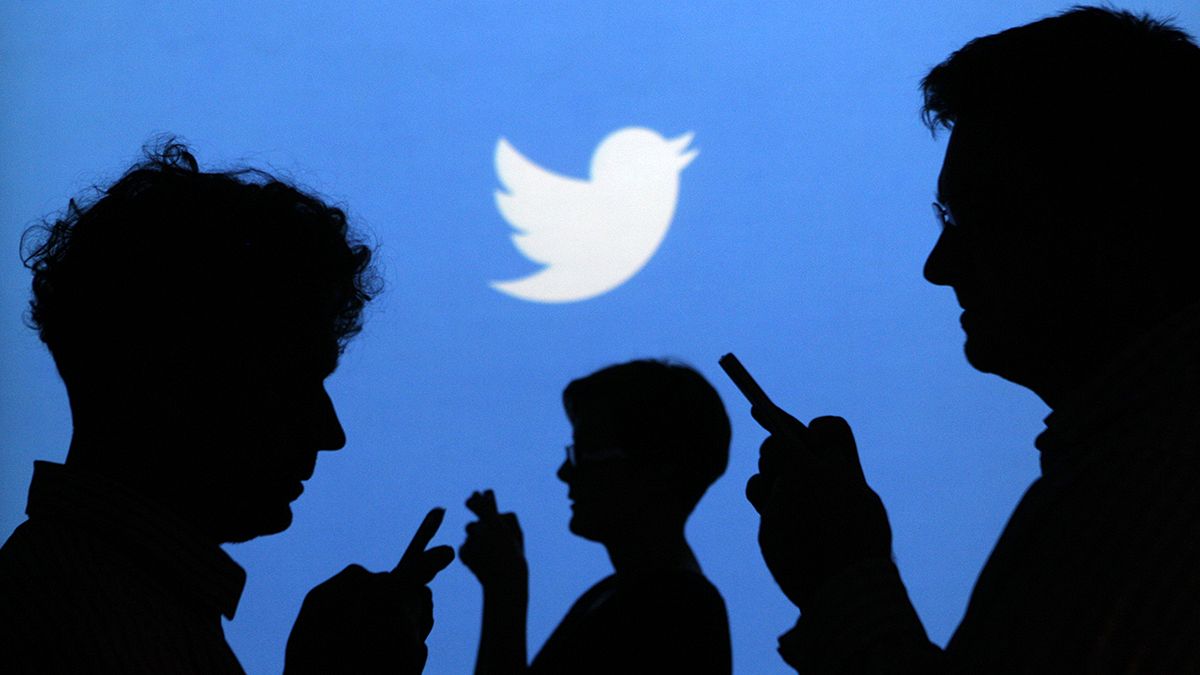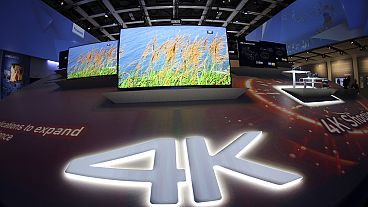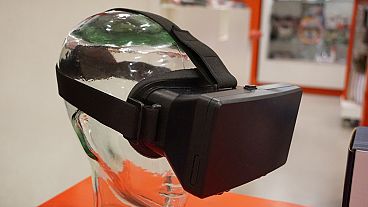Struggling with revenue, its stock price halved over the past 12 months and shaken by a recent top management reshuffle, Twitter is on the prowl for revenue opportunities. Among its main targets is television. The social media platform hopes to woo broadcasters with promises of larger and more engaged audiences, as well as new streams of income. That’s at least the serenade given to TV and media execs packing a conference room at Cannes’ MIPCOM where the company was giving a presentation entitled TV X Twitter: Media at the speed of #Now.
At first glance, the match between TV and Twitter is not obvious, the former competing for the same eyeballs as the latter. “Twitter was never designed to be the second screen of TV,” said Dan Biddle, director of Broadcast Partnerships at Twitter UK. Yet, in a fragmented media landscape – “TV used to be a track meet, with lanes for content, now it’s parkour” – Twitter, Biddle argued, can deliver a more engaged audience.
He pointed out that Twitter users not only watch more TV (93% of them have a cable subscription according to IPSOS MediaCT) but they also talk more about TV on the platform – some 85% of them tweet about TV during primetime hours. They are also influencers; they are twice as likely – 50% versus 26% – as non-users, to admit that people ask for their opinion about TV shows, IPSOS Media CT found.
Talking of audience, Twitter, which has been plagued by sluggish user growth, cannot rival with Facebook, which has recently crossed the 1 billion daily unique user threshold. However, Twitter, whose co-founder Jack Dorsey was confirmed as the new CEO on October 5 after a interim stint, still had 316 million monthly unique users in June 2015, as well as a market cap worth approximately 18 billion US dollars. Equally importantly, it can boast to TV networks that it is truly the place where their audiences talk about their shows.
“Twitter is the spark”
In 2014, in the US alone, 26 million accounts published a billion tweets about TV, according to research conducted by Nielsen Social. Impressions, the number of times a tweet about TV was viewed by a user, amounted to 87 billion. The 2015 Super Bowl generated 2 billion impressions and the finale of the first season of Empire 112 million.
TV also rules the discussion on Twitter during peak time: 99% of people active on the platform during primetime hours were exposed to at least one TV-related tweet. “Twitter is the spark for the discussion,” Biddle said, adding that there were fewer than five hours between the first Buzzfeed tweet on the #TheDress (is it black and blue or white and gold?) and the coverage of the viral story on The Morning Show.
To tap into the discussion, Fred Graver, head of creative TV at Twitter, suggested networks use video, a media they are familiar with and one which Twitter has recently embraced, having rolled out video-centric services such as Vine and Periscope, the platform’s live video-streaming service. “We have evolved our platform. The video bet is paying off” with video views up 250% in the last 6 months, 90% of them from mobile. Every day, 370 years-worth of videos are watched on Twitter, 40 years-worth are live-streamed on Periscope, and 1,5 billion loops are watched on Vine.
With these tools, Graver say, content creators have the potential to reach 700 million people keen on discovering new things. A survey conducted in the US in February 2015 by Research Now found that 51% of Twitter users said they “only watch videos that appear in my timeline” but only 5% “always actively search for a specific video” on the platform.
To maximize the exposure to the right content as well as conversation around a show, leaflets handed out before the presentation suggest best practices to integrate in the TV production and broadcasting workflow. TVs should cultivate their social strategy on the micro and macro level, both for each show cycle or episode – before, during, live, and after – and year-round – from the pre-season, to the finale and post-season. As a third of tweets about a show are anticipatory, published between airings, it is key that Twitter does not neglect these periods of time to keep users enticed.
Brands and ads
Reaching an audience, and keeping the conversation going is one thing, but Twitter claims it also can inspire users to take action in and out of the platform, as well as bring cash to TV stations.
Twitter research showed that 90% of consumers reported they take action online or offline after seeing TV mentions in tweets. The top 5 actions include visiting the show’s social media sites, following the TV show or talents on Twitter, searching for the show on Netflix and planning to watch the show later. Some Nielsen Social research goes as far as establishing a dual causal relationship between broadcast TV tune-in for a program and the Twitter chatter around that program. For nearly half of sports airings, and a third of reality airings, an increase in tweet volume positively impacts Nielsen’s Live Ratings.
A well-designed ad campaign with sponsored tweets can also leverage a large audience, said Anjali Midha, Global Media research director at Twitter. Thanks to a partnership with Fox around the first season of Empire, Twitter was able to evaluate the effect on their campaign on the audience. The show was a resounding success, including on Twitter with 6.9 million live tweets and 14.9 million tweets in total. The people who viewed these tweets, called in the business the ‘earned audience’, were eventually partly targeted by a tune-in campaign. The earned audience thus reached 32.4 million people with 647 million impressions. “The earned audience is ripe with FOMO [Fear Of Missing Out]. We tapped into it, and used paid reach to the next level,” Midha said. In the end, “1 in 7 people targeted with paid media intended to tune in.”
One point that’s likely to get the TV execs’ attention is that Twitter users engage more with brands. Nearly 80% of those active during primetime hours have mentioned a brand in their tweets, and more than half of them take more action online or offline after seeing brands mentions in tweets. Twitter users are also better at recalling ads, they view brands more favorably and have double the purchase intent of TV-only viewers. This can explain why the more social the show, the higher the digital ads rate. Indeed, according to research presented by Midha, across all age groups, CPM
ad rates are on average 30% higher for the most social programs compared to the least social programs.
In 2013 Twitter launched Amplify in the US, a video advertising system capable of real-time in-tweet videos which include pre-roll or post-roll ads, a format advertisers are familiar with. It’s now available in more than 10 countries. Midha underlined that events where Amplified is used generate a quarter more emotional responses – which are positively associated by digital marketers – with viewership for the next episode, suggesting the audience will remain loyal and include more influencers, who have on average 45% more followers. Brands also see a 23% lift in sales.
Networks and producers have already started to adopt some of Twitter’s suggestions. Some of the cast of Canadian scifi show Between use Periscope during commercial breaks to engage the audience and react to the episode’s latest developments. Such strategies bear fruit in terms of capturing one’s audience. Having cast members live-tweet the show can generate a 64% lift in conversation, according to internal research, and 61% of Twitter users prefer to see TV tweets from actor or cast.
In addition, a 2013 Symphony AM report found that only 8% of viewers watching TV with a second-screen tune away during ads versus 17% for viewers who are not using a smartphone or tablet. As Graver puts it, “when the viewers are holding a second-screen in their hands during commercial breaks, they are not holding the remote.”



